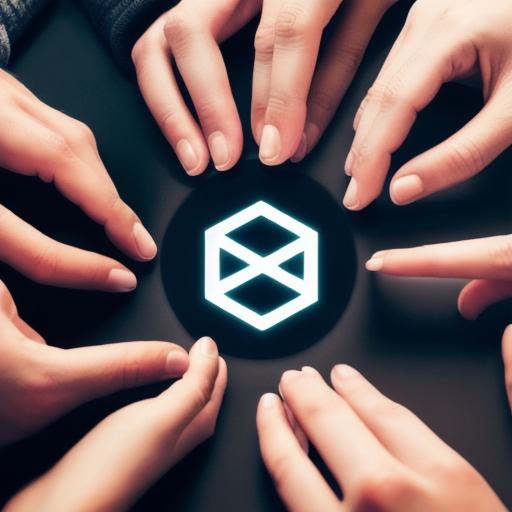Web3, also known as the decentralized web or blockchain 3.0, is a rapidly evolving technology that promises to revolutionize how we interact with data, applications, and each other online. As we approach the end of the decade, it’s worth taking a closer look at what the future might hold for Web3 in 2030.
One of the most significant trends shaping the future of Web3 is the increasing adoption of decentralized finance (DeFi) applications. These applications are built on blockchain technology and allow users to access financial services, such as lending, borrowing, and trading, without relying on traditional intermediaries like banks or brokerages. As more people turn to DeFi for its speed, transparency, and lower fees, it’s likely that we’ll see even more innovative use cases emerge in this space.

Another area where Web3 is expected to have a significant impact is in the realm of data governance. Currently, our personal data is often collected, stored, and used without our consent, leading to concerns about privacy and security. With Web3’s ability to create decentralized data storage systems, individuals will have more control over their own data, allowing them to decide who can access it and for what purposes. This could lead to a more equitable and secure future for our personal information.
In addition to DeFi and data governance, Web3 is also expected to play a major role in the development of new forms of artificial intelligence (AI) and machine learning (ML). These technologies rely on vast amounts of data to learn and improve, and Web3’s decentralized storage systems will make it easier for AI and ML applications to access and analyze this data. This could lead to breakthroughs in fields like healthcare, finance, and environmental science, among others.
Of course, as with any emerging technology, there are also potential challenges that need to be addressed if Web3 is to reach its full potential. For example, concerns about energy consumption and carbon emissions associated with blockchain technology have led some experts to call for more sustainable solutions. Additionally, regulatory uncertainty around the use of cryptocurrencies and decentralized systems could slow down adoption in certain markets.
Despite these challenges, however, it’s clear that Web3 has already had a profound impact on our world and will continue to do so in the years to come. As we move towards a more decentralized, data-driven future, Web3 is likely to play a central role in shaping how we interact with technology and each other online.
FAQs:
* What is Web3?

Web3 refers to the decentralized web or blockchain 3.0, which promises to revolutionize how we interact with data, applications, and each other online.
- What are some examples of DeFi applications?
DeFi applications built on Web3 technology include lending platforms, borrowing platforms, trading platforms, and more. Some popular DeFi applications include MakerDAO, Compound, and Uniswap. - How does Web3 help with data governance?
Web3’s ability to create decentralized data storage systems allows individuals to have more control over their own data, allowing them to decide who can access it and for what purposes. This could lead to a more equitable and secure future for our personal information. - What are some potential challenges facing Web3?
Some potential challenges facing Web3 include concerns about energy consumption and carbon emissions associated with blockchain technology, as well as regulatory uncertainty around the use of cryptocurrencies and decentralized systems. - How will Web3 impact the development of AI and ML?
Web3’s decentralized storage systems will make it easier for AI and ML applications to access and analyze data, potentially leading to breakthroughs in fields like healthcare, finance, and environmental science.
